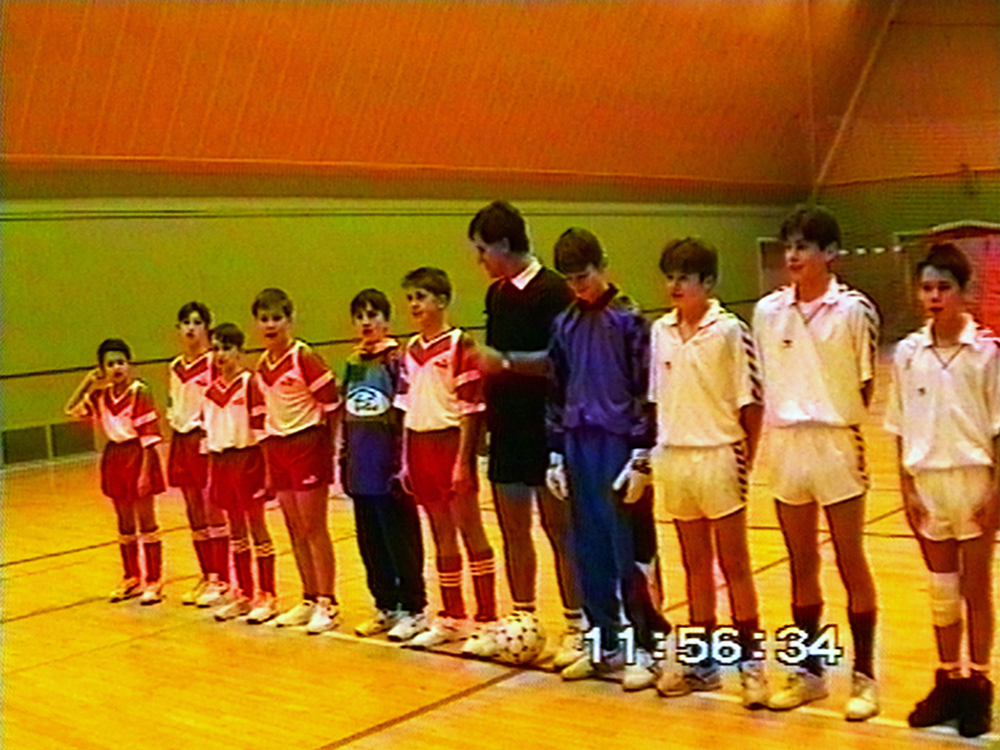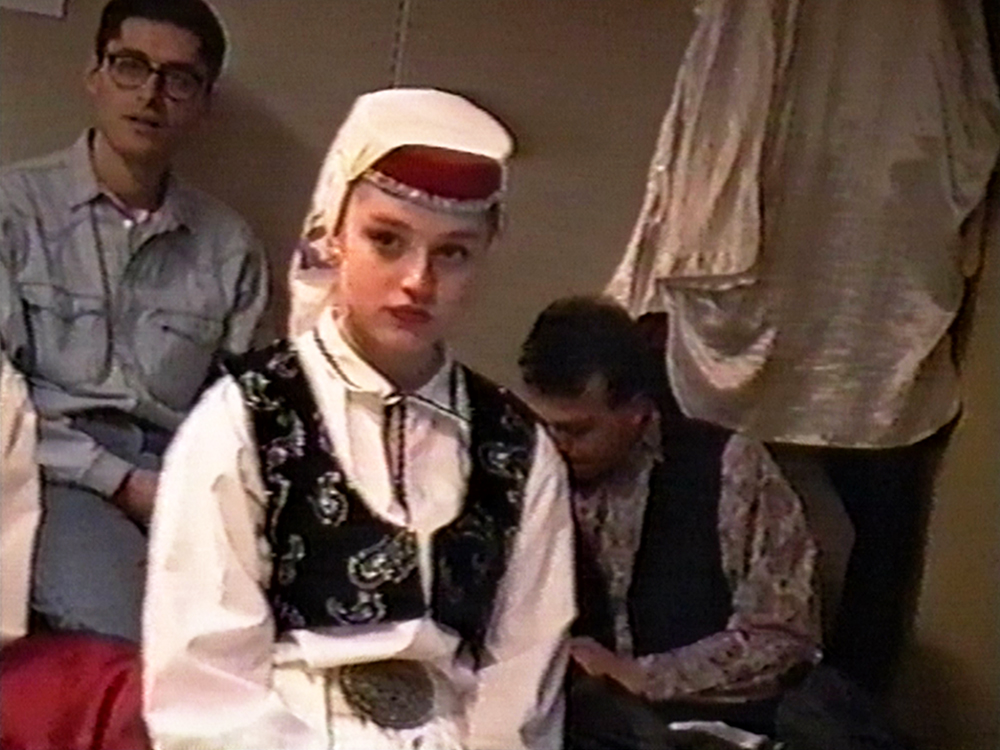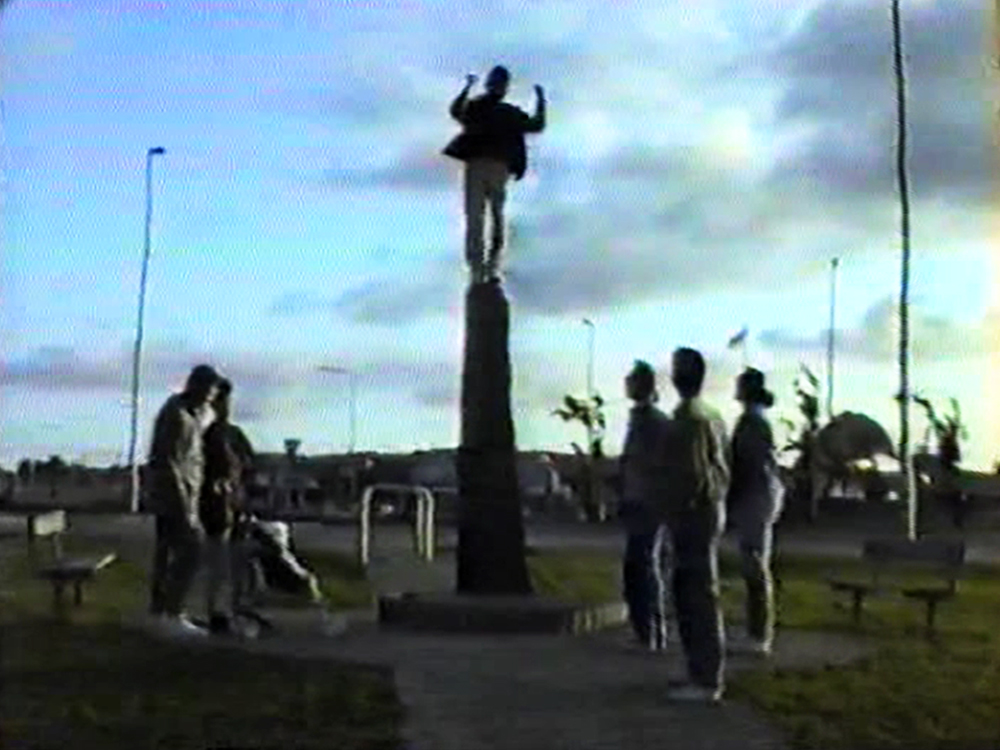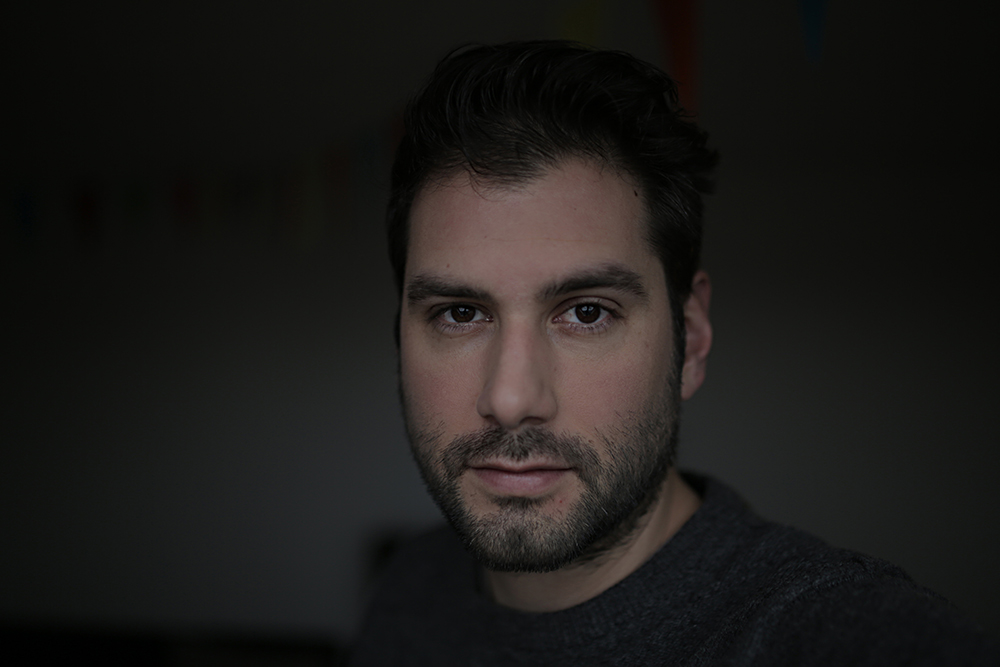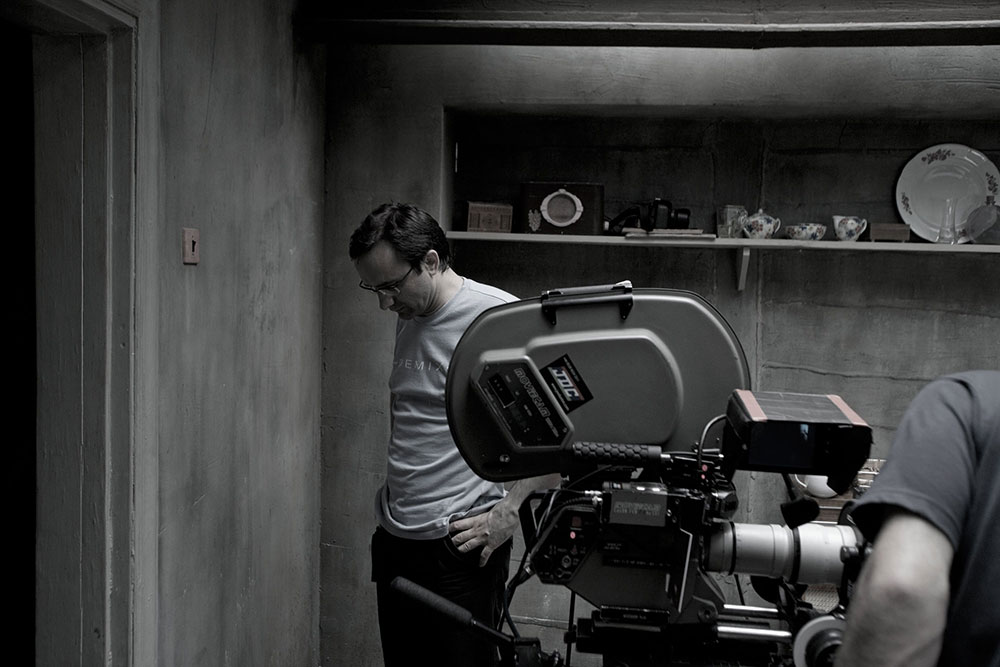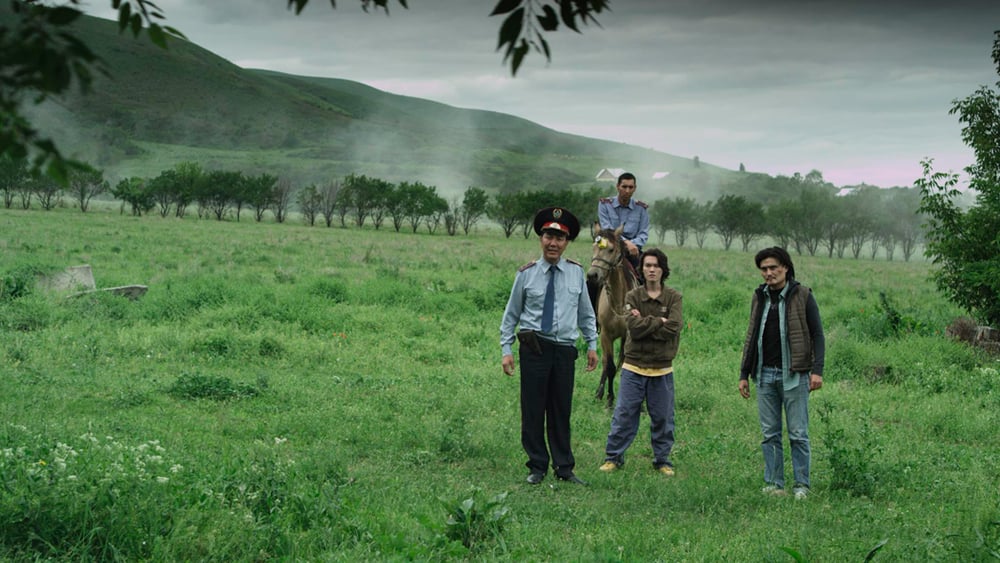Videos home: how VHS found footage became a groundbreaking film about Bosnian refugees
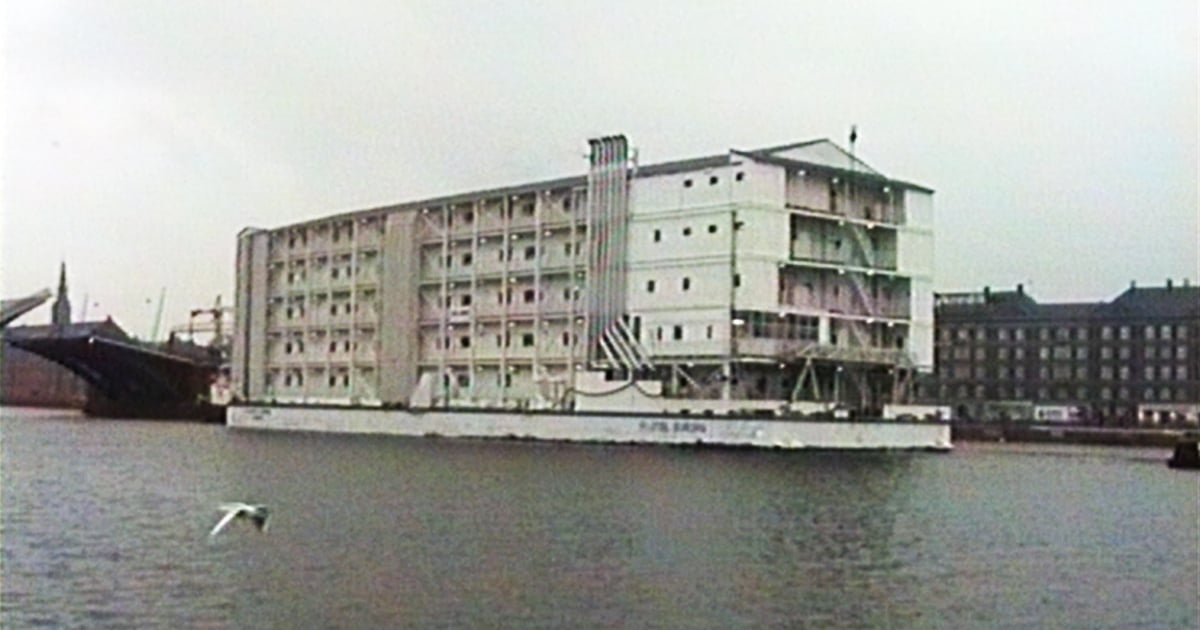
As a boy, Vladimir Tomić fled the Yugoslav wars to live for two years on a refugee ship in Copenhagen. Recently, with his friend Srđan Keča, he used VHS footage recorded on board to create Flotel Europa, a film that marries formal experimentation with emotional depth
In 1991-1992, Yugoslavia was disintegrating under the pressures of ethnic conflict, fomented by the virulent and bombastic incitements of president Slobodan Milošević. There were rising nationalist movements across the entire region that led to widespread discrimination and mass murder of minority populations, as well as “cleansing” sweeps in occupied areas, instigating a massive exodus of men, women and children fleeing Bosnia and Herzegovina. Vladimir Tomić was a 12-year-old boy living in the capital, Sarajevo. His father, grandparents and other family members stayed for various reasons, but Vladimir, his mother and older brother sought refuge in Denmark, where the filmmaker lives to this day. Upon reaching Copenhagen, the displaced family of three was put on a hotel ship, along with a thousand other refugees from the region — Serbs, Croats and Muslims, all living together in close quarters on the Flotel Europa, all of them supposing their stay there would be temporary until more permanent housing was found.
Twenty years on, in an attempt to build an archive of home VHS recordings — of which, it has been discovered, there are hundreds upon hundreds of hours — a call was put out for people to send in any tapes they still possessed from during the war. One of the people who had this material is a man we meet in Tomić’s debut feature film, Flotel Europa. Since the phone connection to Bosnia often didn’t work, Rusmil, an accountant from Sarajevo and another man put some money together and they bought a couple of used VHS cameras with which they started documenting life on the boat, sending these video letters to family and friends. In turn, news from home was transmitted fairly consistently to the ship’s TV room, where people sat for hours and hours, helplessly and dispiritedly watching what was happening there.
Many of Tomić’s previous short works are also first-person musings about the variety of emotional struggles he’s had, being an easterner in a western land, and the lingering longing and guilt that remains for having left and never returned. In the first scene of the film, Tomić and his brother stand on either side of their mother as she records a videotaped missive for family in Bosnia: the boys will be enrolled in a Danish school, she will find work, and life will go on despite the bizarre circumstances. This documentary footage sets the course for a fictional account of young Vladimir’s formative years on the boat, recounted to us as we watch VHS footage from various sources. In Flotel Europa, Tomić creates an engaging and surprisingly emotional journey, one that deftly challenges many border crossings with respect to form and content, for it is a film that traverses increasingly ductile peripheries. The story becomes a poetic interpolation between fiction and nonfiction.
But the filmmakers say that the constructed narrative over archival footage was never something they had envisioned making when they decided to pare down the extensive coming-of-age story Tomić had written and shared with his long-time friend, Srđan Keča. Keča, a former physicist born in Belgrade, is also an accomplished director. His exquisite film, A Letter to Dad (2011), is a piece that also tackles a child’s experience of the war in Yugoslavia from the perspective of a grown man.
“Vlado and I first spoke about the project last summer in Sarajevo,” Keča says. “He had written an intricate script with many characters in various situations in the midst of the story, something akin to a novel. It was Vlado’s idea to create this voice-over to be the leading narrative of the film. And then, later, he showed me some footage via Skype and, needless to say, I found these clips fascinating. So, the plan was that I would come to Copenhagen for a month with really no obligation to make a film, necessarily. And then, somehow, after four weeks we had more or less what was screened in competition in the Forum section at this year’s Berlinale.”
The lone voice of the memories of a man when he was a refugee as a child extrapolate upon an extraordinarily big event, with many stories colliding to form one narrative over the course of an imposed timeline. Far from a smooth and facile treatment, the fragile and deteriorating VHS material, at first glance, is discomfiting. When I saw the film at its premiere in Berlin, most of the audience members around me shifted uncomfortably in their seats, supposing that something had gone wrong with the digital projection since the first shots contain all the static and noise of pixelated videotape with its washed-out palettes and wobbly lines. But very quickly, we realised we were encountering something tactile, a thing of substance, that this layer of noise is what would bring the material to emotional life.
Editing from about 20 hours of selected digitised footage, Keča felt strongly that there needed to be evidence that this was being watched and re-watched by the storyteller. “There were these moments where you sense that someone is struggling to get the tape to work, or a moment later in the film when the person watching the footage rewinds the tape. That was so much more useful than material that was cleanly digitised since it created yet more depth. As well, when we looked or listened to something, we knew instinctively where in the narrative it should be placed — not so much in terms of story arc, but in time.”
In this nod to temporality, much of what we see in the film retains its time code stamp running over the footage. The narrative is fairly linear, moving through the years of the early 90s. At some point as young Vlado goes through puberty, the tone shifts and we move into darker territory. People are starting to die — both at home and on the boat, the majority of these deaths distinctly not by “natural causes”. The subtlety in the way this is presented and handled is quite striking, because finally we must face the fact that the people that have now been marinating in a cramped tin can in the middle of a canal in a foreign city for years, are starting to experience isolation, entrapment, a kind of panicked claustrophobia, disconnected to home and the brutal war which they are able to view only on a small television screen. Seeds of dissent and revolt, restlessness, deep depression, and fatal drug addictions among the young men start to spread throughout the boat’s population.
“This has the power to allow people who have never experienced anything like this to be able to relate emotionally,” adds Tomić. “However complex the structure might be, it’s a simple story. There’s also this nostalgia that stems from the VHS material and this time of the 90s that is now, somehow, becoming something obsessive for many. It’s also a time period where everyone started making home video. The war in Yugoslavia was the first war that was documented in this way by the people during wartime who were experiencing it. Instead of being shot on mobile phones, it was VHS. And because I speak of my grandparents and the Second World War, including scenes from Branko Bauer’s 1978 fiction film Bosko Buha about the young, martyred Yugoslav Partisan, in that, as well, there lies nostalgia for another generation of ex-Yugos. When I showed this material to Srdan, he really understood from the way the letters were “written” on the VHS, that the film should look like one of these old Bosnian homemade tapes. It felt so true.”
In his film filled with words that signify a whole universe, Tomić pulls us into the deep end of the pool, the murky depths where we teeter on the edge of the real and the imagined. This liminal plane becomes more open and malleable, and can be repurposed depending on ever-shifting contexts and states of mind. The visual aspects lend a surface tangibility that wouldn’t necessarily contain such an emotional heft, perhaps, if they weren’t accompanied by this untethered voice acting out its own internalised passion play. But even as this narrator articulates interior events exceedingly well, his utterances are also somehow less than reliable. Herein lies the totality of possible views taken from the various points of entry and departure that reside in our own unconscious minds as viewers, as well as that of the director’s. As a result, meanings change, multiply, fragment, and diversify into many refractions of a long-ago event, embedded in the memory, and perpetually living outside the confines of time.
